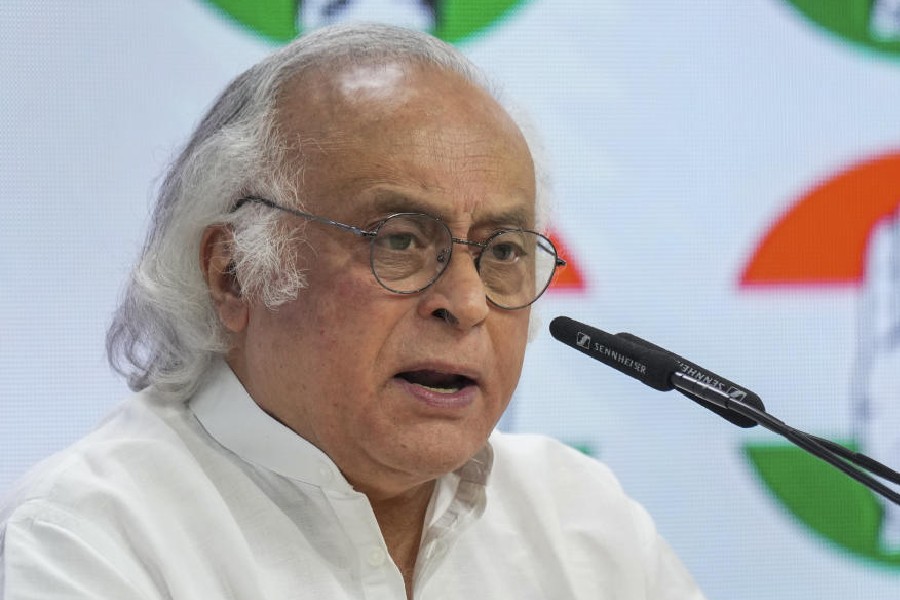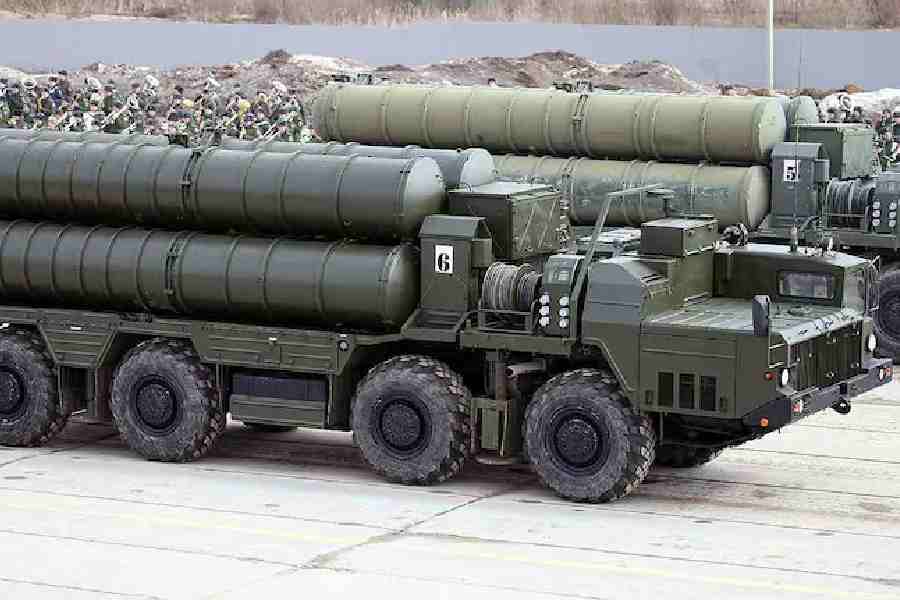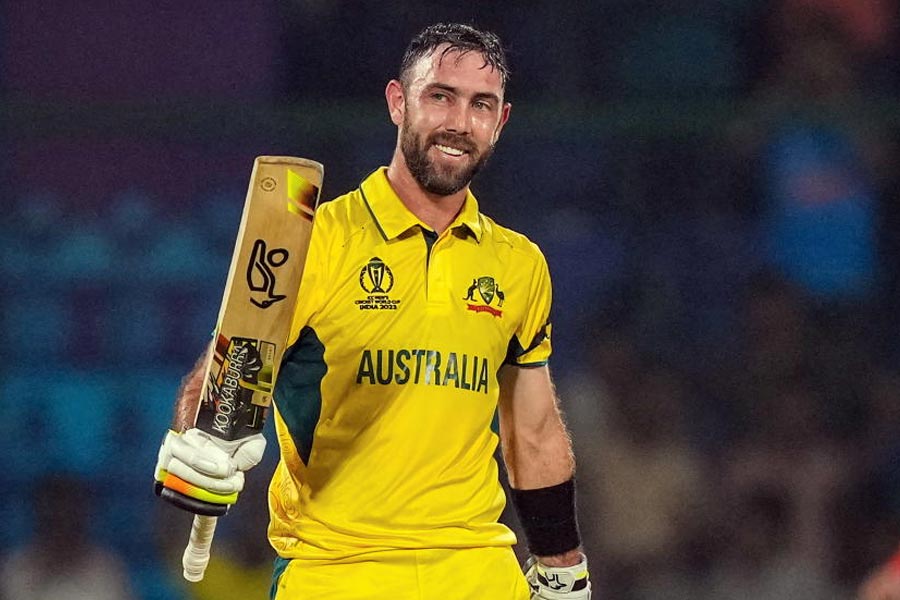 |
Mumbai, Jan. 24: Spooked by the looming spectre of inflation, the Reserve Bank of India (RBI) today raised two key short-term interest rates ? the reverse repo and the repo rate ? by 25 basis points each, even as it raised the growth forecast for the economy this fiscal to 7.5-8 per cent from its earlier estimate of 7-7.5 per cent.
The increase in these two policy rates to 5.5 per cent and 6.5 per cent, respectively, in its third-quarter review of the annual statement on monetary policy for 2005-06, surprised many in the banking community who were anticipating a status-quo as the current inflation levels are under control.
The central bank had indicated in a report released yesterday that it could tighten monetary policy in order to contain inflation and inflationary expectations.
The reverse repo is the instrument through which the RBI mops up excess liquidity from the banking system, while the repo helps it inject cash into the system.
The central bank did not tinker with either the bank rate, which continues to stand at 6 per cent or the cash reserve ratio (CRR), which is pegged at 5 per cent. CRR is that portion of a bank's deposits which must be compulsorily maintained with the RBI.
RBI governor Yaga Venugopal Reddy said if the ‘underlying liquidity’ demanded injection of funds through a cut in CRR, the apex bank was ready for it. Moreover, it had taken a medium term view to keep it at 3 per cent, while reducing it further than 3 per cent in the long term.
Explaining the reasons for raising these two rates at a time when headline inflation was only 4.2 per cent on January 7, the RBI said the risks to inflation from both domestic and global developments remains high and it could persist well into the next fiscal.
Action now would also avert the compulsion of undertaking larger and more drastic adjustments in the future should the prevailing situation evolve in a manner that threatens macroeconomic and price stability.
“In particular, the remaining pass-through of international crude oil prices into domestic prices of LPG and kerosene portends an upward bias to inflation in 2006-07,” the RBI said.
Even as the risk of high inflation remains for the next fiscal, the fear in RBI is that a pick up in aggregate demand would further stoke the inflation fire. Under these circumstances, it highlighted the need for a measured policy response to stabilise inflationary expectations and prevent what it called “corrosive effects on growth”.
With inflation fighting as the clear policy bias in its statement, the RBI said the overall stance of monetary policy at the current juncture would be to maintain the emphasis on price stability with a view to anchoring inflationary expectations.
Reddy, who later termed the third quarter review as a ‘forward looking one’, said it has to assess the global and domestic outlook for the next 12-18 months to base the monetary policy.
Responding to a query on tight liquidity in the system, Reddy termed the present liquidity conditions as a ‘frictional’ one. He added that the central bank would continue to infuse money into the system to ease liquidity pressure.
“So far, we have shown our skill and the will to maintain reasonable amount of liquidity,” he said.










